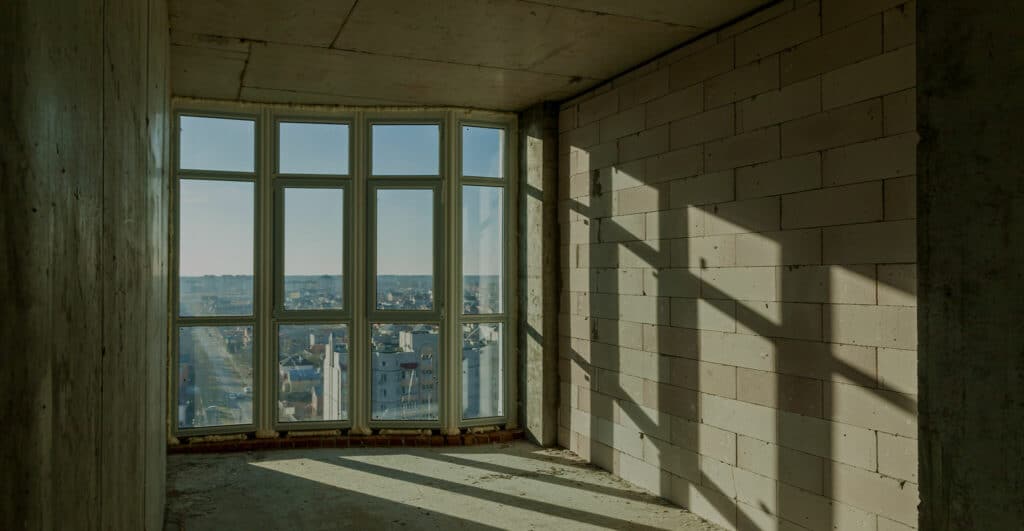Converting an old building to be energy-efficient can be a complex process, but there are several steps that can be taken to make the building more energy-efficient:
- Energy Audit: The first step in converting an old building to be energy-efficient is to conduct an energy audit. This involves evaluating the building’s current energy usage and identifying areas where the energy is being wasted.
- Insulation: One of the most important ways to make an old building more energy-efficient is to add insulation to the walls, roof, and windows. This can significantly reduce the amount of energy needed to heat and cool the building.
- HVAC Systems: Older buildings often have inefficient heating, ventilation, and air conditioning (HVAC) systems that use a lot of energy. Upgrading these systems can result in significant energy savings.
- Lighting: Replacing old lighting fixtures with more energy-efficient LED bulbs can also save energy and reduce costs.
- Windows and Doors: Upgrading old windows and doors with modern, energy-efficient models can improve insulation and reduce energy loss.
- Renewable Energy: Consider installing renewable energy sources such as solar panels, geothermal, or wind turbines. These can offset the building’s energy consumption and reduce reliance on traditional energysources.
- Behavior Change: Educating occupants on energy-saving behaviors can also help reduce energy usage in the building. Encouraging occupants to turn off lights and unplug electronics when not in use, for example, can lead to significant energy savings.
Converting an old building to be energy-efficient may require a significant upfront investment, but the long-term savings and environmental benefits make it a worthwhile investment.
Energy efficient buildings is the future for several reasons:
- Cost Savings: One of the primary benefits of energy-efficient buildings is that they can save significant amounts of energy, leading to reduced energy costs. Energy-efficient buildings use less energy to heat, cool, and power appliances, which means that building owners and occupants can save money on their energy bills.
- Environmental Benefits: Buildings are responsible for a significant portion of the world’s greenhouse gas emissions, which contribute to climate change. By making buildings more energy-efficient, we can reduce the amount of energy needed to operate them, resulting in lower carbon emissions.
- Regulatory Requirements: Governments around the world are implementing policies and regulations to reduce carbon emissions, and energy-efficient buildings are a key component of these efforts. Building codes and regulations are increasingly requiring higher energy efficiency standards, which means that building owners and developers need to prioritize energy-efficiency to comply with these regulations.
- Health and Comfort: Energy-efficient buildings are also more comfortable and healthier to live and work in. They have better indoor air quality, which can reduce the risk of respiratory problems, and they maintain more consistent temperatures, leading to improved comfort levels.
Overall, the benefits of energy-efficient buildings make them a critical part of our future as we work to reduce carbon emissions and create a more sustainable world.
